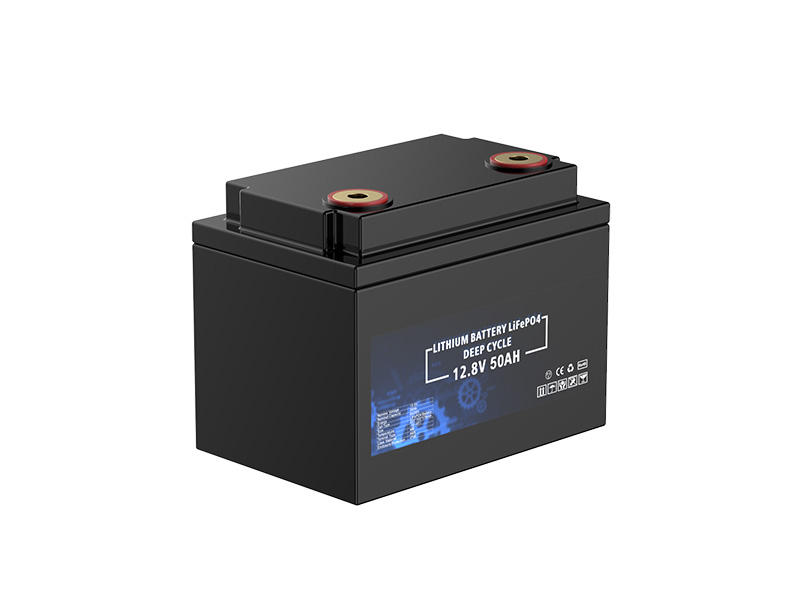Everything You Need to Know about Deep Cycle Battery
Before we dive into what is a deep cycle battery, it is first important to understand a few battery basics of what a cycle is, what depth of discharge means, and what it really means to deep discharge a battery.
One full cycle is considered a full discharge and recharge of a battery. What is meant by a full discharge? Discharge is measured by the capacity removed from the battery – the depth of the discharge (DoD) is used to indicate how much of the battery capacity has been used during a single discharge. A full discharge is 100% DoD.
What is a Deep Cycle Battery?
This answer may seem obvious, but a deep cycle battery is a battery that has been designed to continuously handle deep discharges of 80-100% DoD. Does this mean high-rate batteries can’t be used for a deep discharge? Yes and no. One or two deep cycles will not hurt the battery (if maximum discharge and charge rates are strictly adhered to), but this is where the design of the battery matters because a high-rate battery would break down severely over time if it were continuously cycled in a deep manner.
Types of Deep Cycle Battery
In SLA (sealed lead acid) batteries, the electricity is generated in the plates. In high-rate batteries, there are many thin plates to allow for more surface area for quick generation of energy. In deep cycle batteries, the plates are thicker than those inside a high-rate battery because the energy-inducing chemical reaction goes into the plate and therefore needs to be thick to be able to handle the reaction. If the plates were thin, like they are in high-rate and starter batteries, the lead plates would degrade very quickly and would not hold up to multiple deep discharges over time.
Two subcategories of deep cycle SLA batteries would be deep cycle gel and AGM (absorbent glass mat) deep cycle. Gel batteries use a substance that turns the electrolyte acid inside the battery into a thick gel, therefore making it non-spillable. The gel is better at heat distribution and off-gassing than the AGM, and therefore has better performance throughout its life. In AGM batteries, a glass mat is placed between the negative and positive plates to keep the electrolyte in place. The mat is what makes the battery non-spillable and optimizes the surface area of the plates for better electrolyte distribution over conventional batteries.
In a lithium deep cycle battery, energy cells are used. Energy cells are designed to deliver sustained current over a long period of time, making them ideal for use in cyclic and deep cycle applications. In addition to the cell makeup inside a lithium battery, the circuitry also matters as the protections may set limits to how much current can be drawn from the battery. Different lithium batteries will have different levels of protection, so make sure to check the technical documentation and specifications for further information.
As well as different types of chemistries, deep cycle batteries can come in variety of voltages and capacities, most popular voltages being 12V deep cycle batteries and 24V deep cycle batteries.

Deep Cycle Battery Applications
Before selecting a battery, you will need to have a clear idea of what needs to be powered, for how long, how often, and how much power it needs. In general, deep cycle batteries are cyclic applications where the user tells the battery when it needs to be used.
For example, a medical cart used in a hospital will be away from an electrical outlet and need battery power for the entire time it is unplugged. In this instance, the nurse or doctor tells the battery when it will be used by turning on the medical cart. It will be used every single day for many hours each day. The battery needs to provide consistent power for a long amount of time, meaning this is a deep discharge use and therefore needs a deep cycle battery.
Another example of a deep cycle battery is the battery inside your cell phone. This battery, depending on age, is designed to last all day on a single charge and to be used every day. You tell the battery when it is time to be used by turning on the phone or unplugging it from the charger. If you’re like most users, you wait to plug your phone back in until it is completely dead – the DOD is 100%/SOC is 0%. You expect this battery to provide consistent power all day long, so a deep cycle battery must be used.
There are many other applications that utilize deep cycle battery technology and these include marine, leisure (including RV batteries), mobility scooters, all types of electric vehicles and solar applications.
To differentiate, high-rate batteries are typically used in back-up or emergency-use type applications. This would be an application where a battery is sitting in an elevator waiting to provide back-up power in the event of a power failure. This battery will need to deliver a large amount of energy very quickly in emergency situations. These batteries may even need to be replaced before they are ever used. Think of a high-rate battery as your power’s insurance policy, delivering a lot of power all at once in emergency situations, whereas a deep cycle battery is going to be your work horse that delivers consistent power very frequently – as often as a full discharge cycle daily.
评论
发表评论